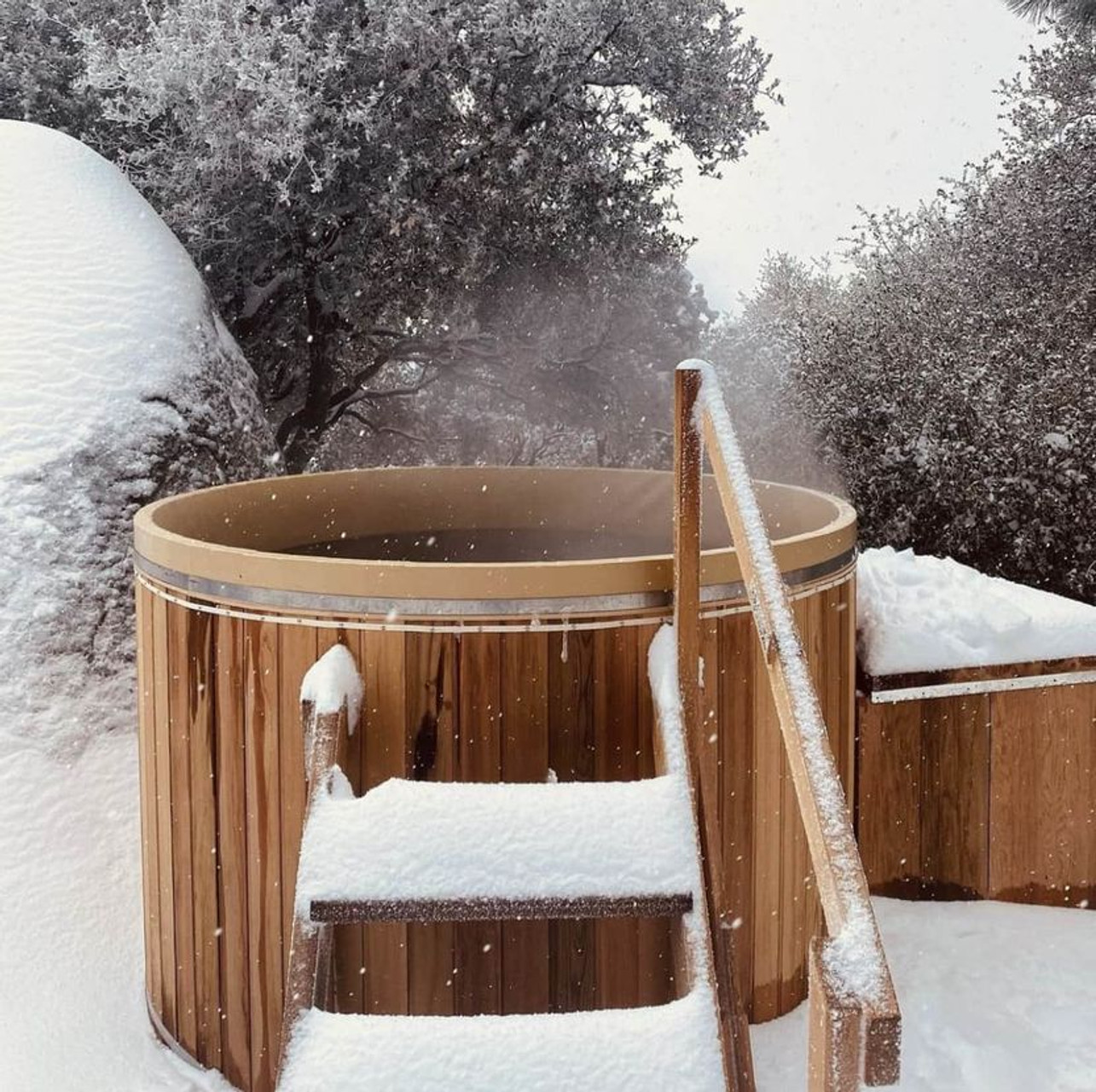Electric Cedar Hot Tubs: Combining New And Old
In today's world, hot tubs are enjoyed universally. They're a big feature of spas and hotel pools across the world, and they've even been commercially repackaged for people to own and enjoy in their backyards. But do you know about their rich history, from ancient Rome to a rise in popularity in the '60s?
Carry on reading to learn more about the backstory of the much-loved spa tub!
The History of Hot Tubs
You may not realize this, but hot tubs have been around for a long time — even the cedar hot tub style you recognize today.
They're not just a millennial invention that our younger generation has claimed for themselves. The origin of these tubs actually dates back centuries.
Ancient Rome (circa 400 AD)
Romans were using hot tubs and saunas for hundreds of years as far back as 395 AD, with citizens enjoying heated soaks in large public bathing facilities. They were very popular for social gatherings and, (can you believe it?) business meetings! You can still visit the ruins of several ancient Roman spa facilities in Italy.
Millions of Europeans continue with the tradition of large spas and hot tubs today, although the focus nowadays is definitely more on pleasure than business!
Japan (circa 500 AD)
It wasn't just the ancient Romans and Europeans that loved a warm soak, either. Japanese culture hosts a long history of hot tub use, thought to reach back to 500-600 AD. Like the Romans, the Japanese were ahead of their time in understanding the therapeutic and hygienic properties of bathing in bubbling warm water.
The ancient Japanese people called their cedar hot tubs ‘ofuros'. These were small stand-alone spas, somewhat similar to the hot tub styles you see today, although ancient models were either wooden or cast-iron and heated with a stove underneath.
After centuries of bathing for self-care and therapeutic value, modern Japanese citizens still honor their old traditions. Today's cedar hot tubs tend to be either traditional square-shaped wooden tubs or acrylic ones more commonly found in homes and apartments.
Early America (1770s)
Native Americans indulged in the healing and therapeutic properties of the springs during the 1770s and further back. They would use the natural springs for relaxation purposes and easing muscle pain, primarily around Yellowstone National Park and in upstate New York and its surrounding areas.
America's first president George Washington used to enjoy hot spring soaks to ease muscle pain and relax during his term, too.
America in the early 1900s
During the early 1900s, America caught on to the resort spa movement and incorporated the exceedingly popular European style into their own culture.
Built around natural hot springs, only the wealthy could treat themselves to the spa resorts. They were enticed by the therapeutic results of easing arthritis pain and other debilitating ailments.
1960s
The 1960s saw the creation of the modern cedar hot tub and its rise in popularity in the Western world. These tubs were modeled on the ancient Japanese ofuro design and saw households installing their own personal cedar hot tub in their backyards.
The movement of Americans owning their own hot tubs decreased the exclusivity of the novelty, with home spas becoming much more common.
Today
Nowadays, we have a great choice of tubs to choose from. Plastic tubs with jet-streams are common in homes, but cedar hot tubs look great stationed in backyards.
Wood-fired cedar tubs, like those popular in European mountain regions and Scandinavia, have been updated to include electric-powered cedar hot tubs. These spas have the look and feel of retro tubs, but they are a little more technologically-advanced and don't require open-flame heating. They're a throwback product in looks but have the modern conveniences of an electric spa.
To get your own traditional cedar hot tub with modern electrical heating, check out our range at Redwood Outdoors!

